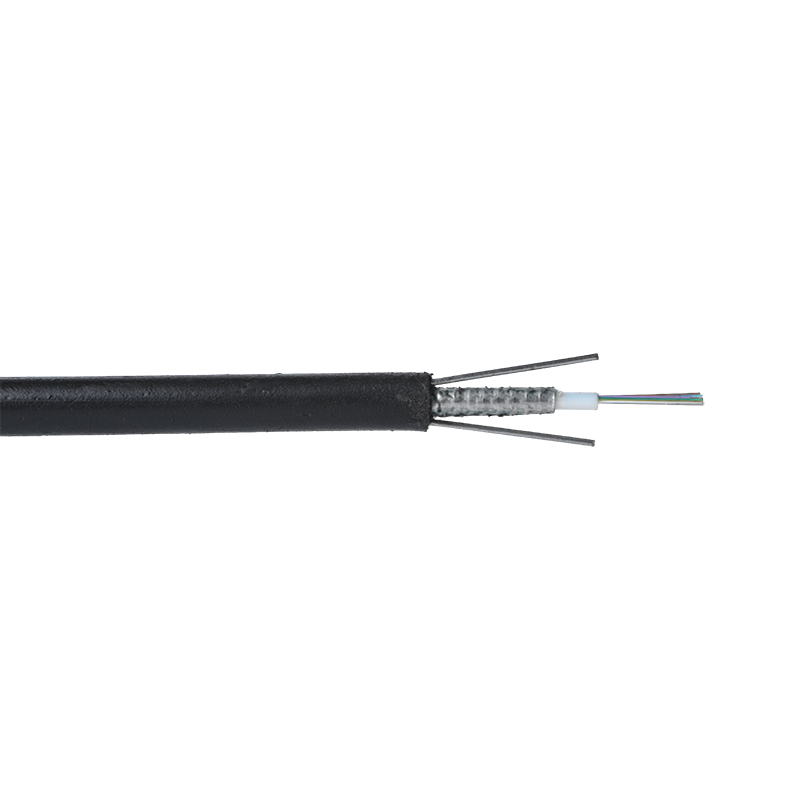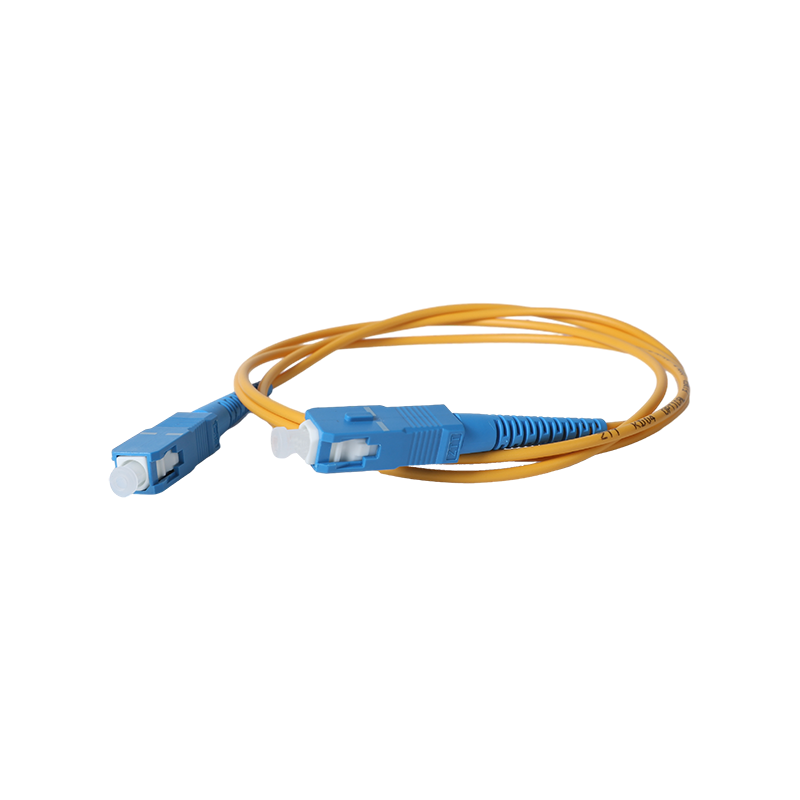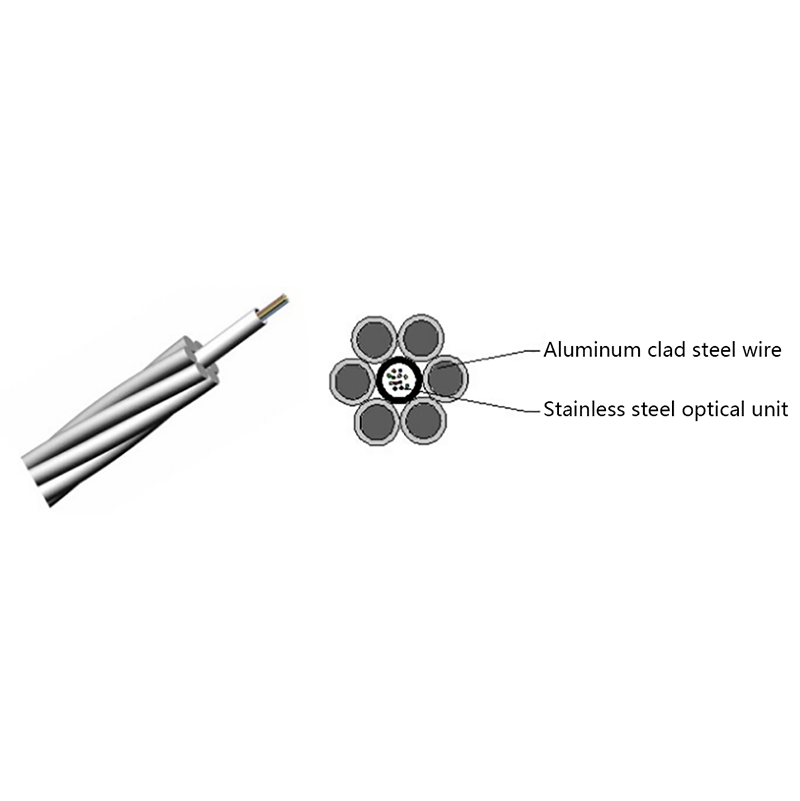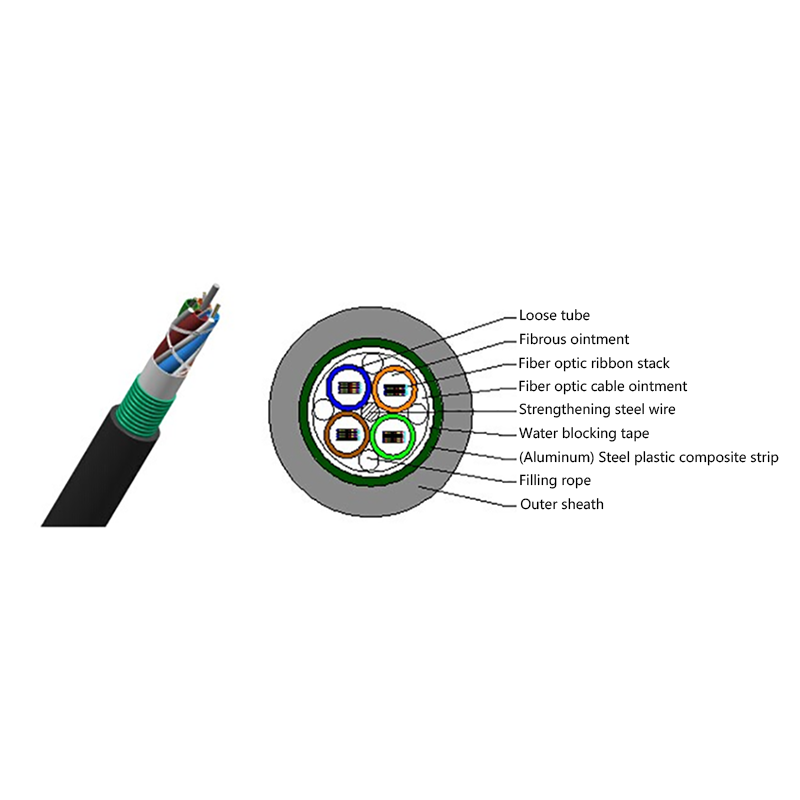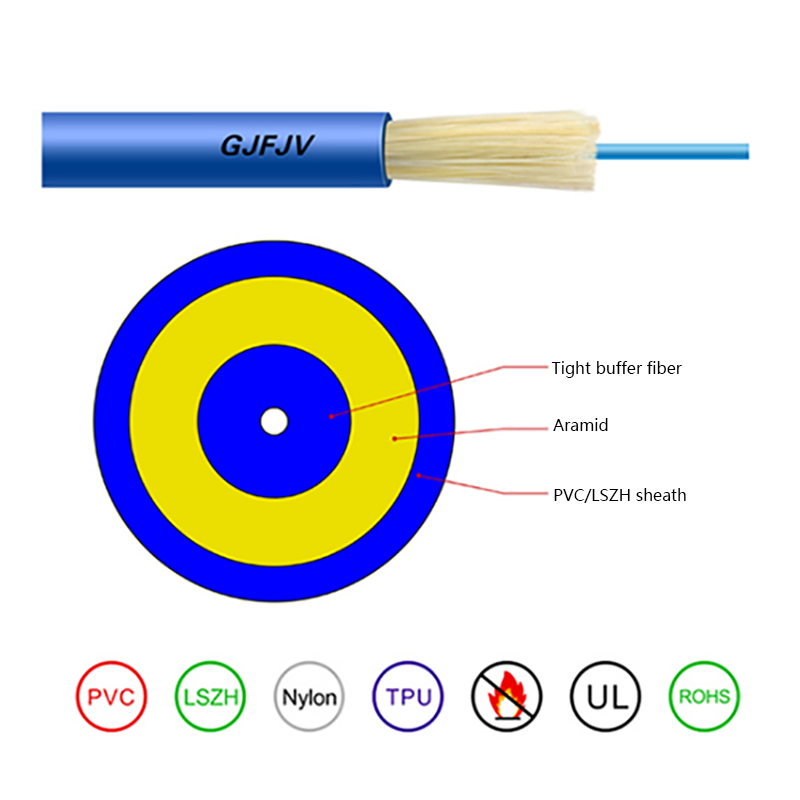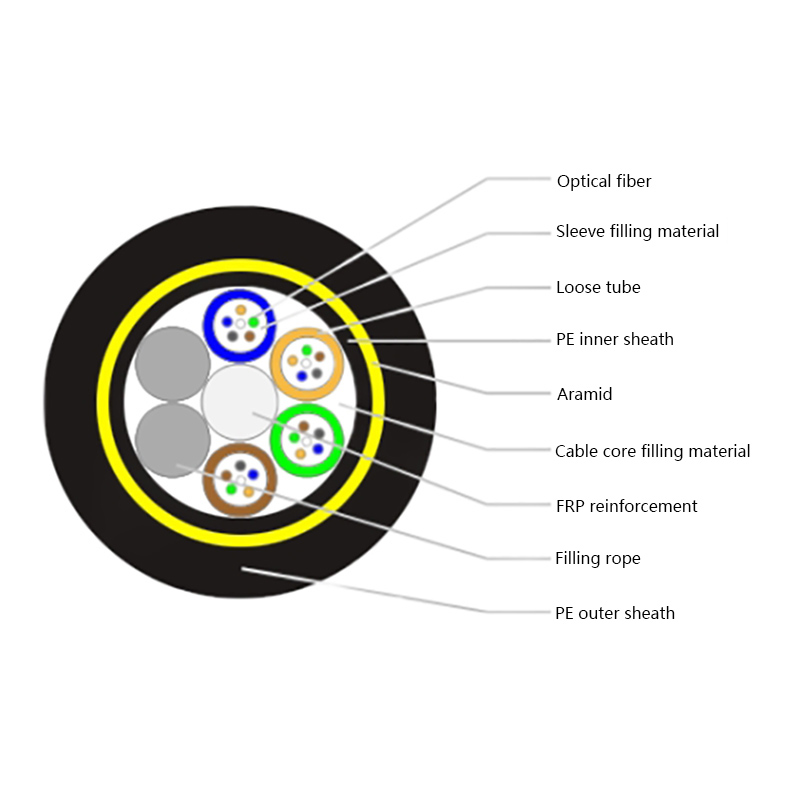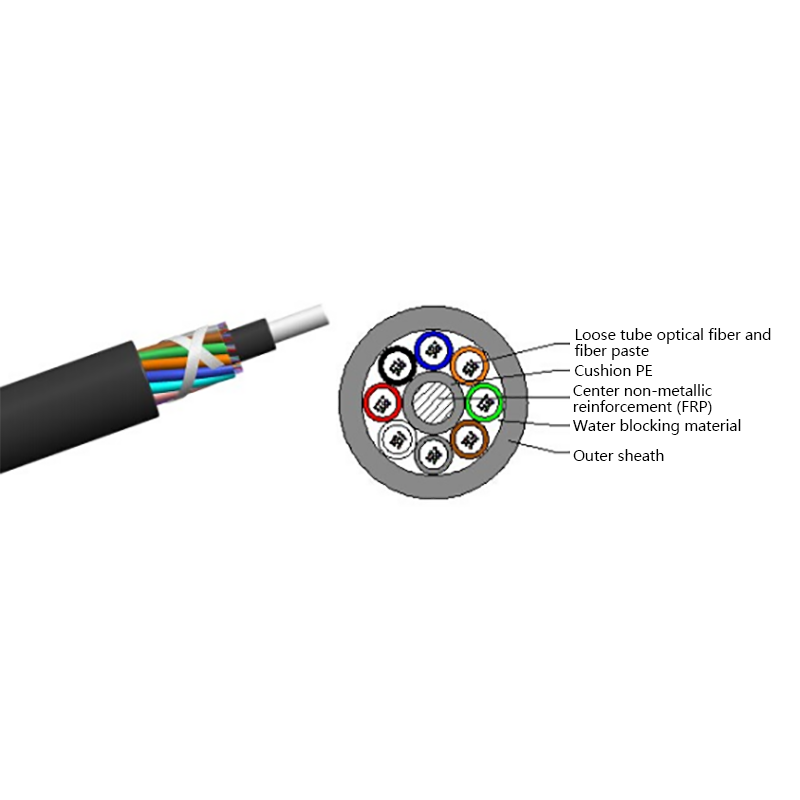How Do Optical Cables Differ from Traditional Copper Cables?
In the modern age of connectivity, the ability to transmit data quickly, securely, and over long distances has become essential. Two primary mediums dominate this transmission landscape: optical cables and traditional copper cables. While both serve the same fundamental purpose of transferring information, they do so in profoundly different ways. Understanding their distinctions helps industries, businesses, and even households make informed decisions when planning infrastructure for communication, internet, or specialized data transfer needs.
The Basics of Cable Transmission
Before diving into their differences, it’s important to establish how each cable works.
-
Copper cables rely on electrical signals traveling through conductive metal wires. These signals represent binary data as variations in voltage. Copper cabling has powered telecommunication and electrical networks for over a century.
-
Optical cables, on the other hand, transmit data as pulses of light. They are made from extremely thin strands of glass or plastic fibers, which guide light using principles of reflection and refraction. This method allows information to move at remarkable speeds with minimal loss.
Material Composition
The very materials that make up copper and optical cables set them apart.
-
Copper cables use metallic conductors, often surrounded by insulating layers and protective jackets. Variations include coaxial cables, twisted pair cables, and shielded copper cabling.
-
Optical cables contain glass or plastic fibers. A single cable can hold dozens or even hundreds of fibers, each capable of transmitting enormous amounts of data. They are coated with cladding that keeps the light signals contained, plus protective sheathing to resist bending or external pressure.
This distinction in materials directly influences performance, cost, and durability.
Data Transmission Speed
Speed is one of the most critical factors.
-
Copper cables can handle respectable speeds, especially with modern standards like Cat6 or Cat8 twisted pairs, which support gigabit and even multi-gigabit data rates over short distances.
-
Optical cables, however, significantly outperform copper in speed and bandwidth. They can transmit terabits of data per second and are the backbone of global internet infrastructure. Light signals travel at close to the speed of light, ensuring minimal delay.
In environments where ultra-fast connectivity is non-negotiable—such as data centers, telecommunications hubs, or financial institutions—optical fibers dominate.
Bandwidth Capacity
The difference in bandwidth capacity is striking.
-
Copper cables have a physical limitation. As data rates increase, interference and resistance become obstacles. Even the most advanced copper designs cannot match the scale of fiber.
-
Optical cables provide immense bandwidth potential. Each fiber can carry multiple wavelengths of light simultaneously through wavelength division multiplexing (WDM). This means a single strand of fiber can serve thousands of users or applications without slowing down.
Signal Loss and Distance
Distance makes another key difference.
-
Copper cables experience attenuation, where electrical signals weaken as they travel farther. For example, Ethernet over copper often reaches only 100 meters before requiring repeaters or amplifiers.
-
Optical cables maintain signal strength over vastly longer distances. Some fiber systems transmit data for tens or even hundreds of kilometers without the need for repeaters. This long-haul efficiency makes them indispensable for undersea cables connecting continents.
Resistance to Interference
Electromagnetic interference (EMI) can disrupt signal transmission.
-
Copper cables are vulnerable to EMI from nearby electrical devices, radio waves, or even lightning. Shielding and twisting can mitigate this, but not eliminate it.
-
Optical cables are immune to EMI because they transmit light instead of electricity. This immunity makes them ideal for environments with heavy electrical equipment, such as hospitals, factories, or airports.
Durability and Environmental Factors
Durability also plays a role in cable selection.
-
Copper cables are relatively sturdy against physical bending or pulling, but they corrode over time, especially in humid or chemically reactive environments.
-
Optical cables are lightweight and non-conductive, meaning they do not corrode or carry electric current. However, they are more sensitive to bending, crushing, or improper installation, which can disrupt light transmission.
Modern fiber cables are reinforced with Kevlar or similar materials to enhance durability, making them suitable for both underground and underwater use.
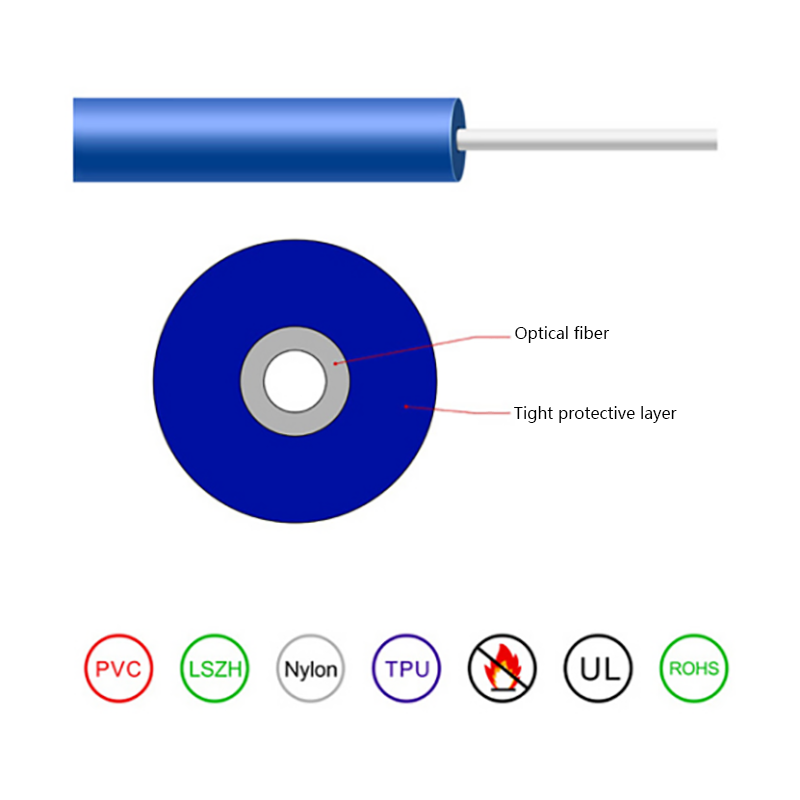
Cost Considerations
Cost often dictates infrastructure decisions.
-
Copper cables are generally cheaper upfront. The installation process is straightforward, and many technicians are already trained in copper wiring standards.
-
Optical cables can be more expensive to install initially due to the specialized equipment and expertise required for splicing, testing, and termination. However, in the long run, their superior performance, scalability, and lower maintenance often offset these initial costs.
Power Transmission
One limitation of optical cables is their inability to conduct electricity.
-
Copper cables can simultaneously transmit data and power—examples include Power over Ethernet (PoE) systems that provide electricity to cameras, phones, or sensors.
-
Optical cables transmit data only. Any system requiring both data and power must incorporate additional copper wiring.
This factor keeps copper relevant in certain applications where power delivery is as critical as connectivity.
Security Considerations
Data security is a growing concern.
-
Copper cables can be tapped by intercepting electrical signals, often without detection.
-
Optical cables are much harder to tap covertly. Any attempt to interfere with the fiber usually causes signal loss, alerting operators. This makes fiber a preferred choice for sensitive government, financial, or defense communications.
Applications in Industry
The differences in performance and design naturally influence where each type of cable is used.
-
Copper cables remain common in household wiring, short-distance office networks, and scenarios where cost and power delivery are priorities.
-
Optical cables are critical in large-scale data transmission: internet backbone networks, cloud computing facilities, medical imaging equipment, and long-distance telecommunications.
Increasingly, hybrid networks that blend both types are being used, combining copper’s convenience with fiber’s capabilities.
Future Outlook
The global trend points toward fiber adoption. As demand for high-speed internet, 5G networks, and data-intensive applications grow, copper alone cannot meet the requirements. Fiber is already the standard for backbone infrastructures and is rapidly extending into homes and businesses through Fiber to the Home (FTTH) projects.
That said, copper will not vanish soon. Its affordability, existing infrastructure, and ability to deliver power alongside data ensure it retains a niche role, especially in local networks and specific devices.
Conclusion
While optical and copper cables share the purpose of transmitting information, the differences between them are profound. Optical cables offer unmatched speed, bandwidth, distance, and security. Copper cables, though limited in comparison, remain cost-effective and practical for short-distance and power-dependent tasks.
Choosing between them depends on context. For small offices or household setups, copper may suffice. For large enterprises, data centers, or high-performance applications, fiber optic cables are the clear solution.
Ultimately, the choice reflects the balance between present needs and future demands. As technology evolves, fiber optics are likely to play an increasingly dominant role, redefining how information flows across the globe.



 English
English русский
русский Español
Español عربى
عربى 中文简体
中文简体


